In my previous two History Through the Viewfinder posts, I reflected upon Lenin’s mausoleum in Moscow and the cemetery of the fallen at Radzymin in Poland, where the tide of the Russian revolution had been washed back at the battle of Warsaw in 1920. Seeing the Polish cemetery in 2016 brought me back to Red Square in 2013, but to a very different grave than Lenin’s.
Lenin’s tomb was created by his successor, the former seminarian turned revolutionary Iosif Vissarionovich Djugashvili, better known as Stalin. Despite the fact that Marxism was an atheist philosophy and Communist ideology held that only the party, not an individual leader, was infallible, upon Lenin’s death in 1924 Stalin immediately set about enshrining Lenin as a substitute God. Political needs were fulfilled as Stalin not only provided the Russian people with new rituals of a religious nature outside of the Orthodox Church, but also allowed Stalin to showcase himself as the most Leninist of the candidates for leadership of the party. To be seen as the leader carrying Lenin’s coffin was a great antidote for Stalin among the top party comrades who knew of Lenin’s “Last Testament,” where Lenin wrote that Comrade Stalin was “too rude” to be considered for leadership of the party.
Stalin formed alliances among the senior party leaders with a genius for always appearing to be the moderate influence, shifting left and right as the situation required, until by 1929 he had eliminated all his rivals and in reality achieved dictatorship over the party and Soviet Union. What followed had never before been seen in history: forced collectivization of peasants; millions starved to death in the Holodomor; forced industrialization; the Red Terror of the 1930s as millions more were jailed, executed, or perished in the Gulag; totalitarian rule with the state gaining power over every aspect of the lives of the citizens; and finally the gangster’s pact with Adolf Hitler. The Nazi dictator learned much from observing Lenin and Stalin, and adroitly adapted those lessons to impose his dictatorship on the leading industrial nation in Europe. Even with the Nazi-Soviet Pact, Hitler never lost sight of his true goal: to destroy his sworn enemy, the Judeo-Bolshevik Soviet menace, in order to establish his vision of a racially pure German empire stretching to the east. It is estimated that the Soviet Union suffered over 27 million killed battling against Nazi Germany in World War II, while Hitler’s own death mills took the lives of approximately 11 million more, including three million Soviet POWs. Where Lenin’s red tide had been halted outside Warsaw in 1920, at the end of World War II Stalin was able to impose Soviet control over a vast empire in Eastern Europe that would enslave those nations for over four decades after the war.
Hitler and Stalin agreed to divide Poland between them in 1939. In Gdańsk in 2016, I viewed the only physical artifact I have encountered that was personally owned by Stalin: his pipe.
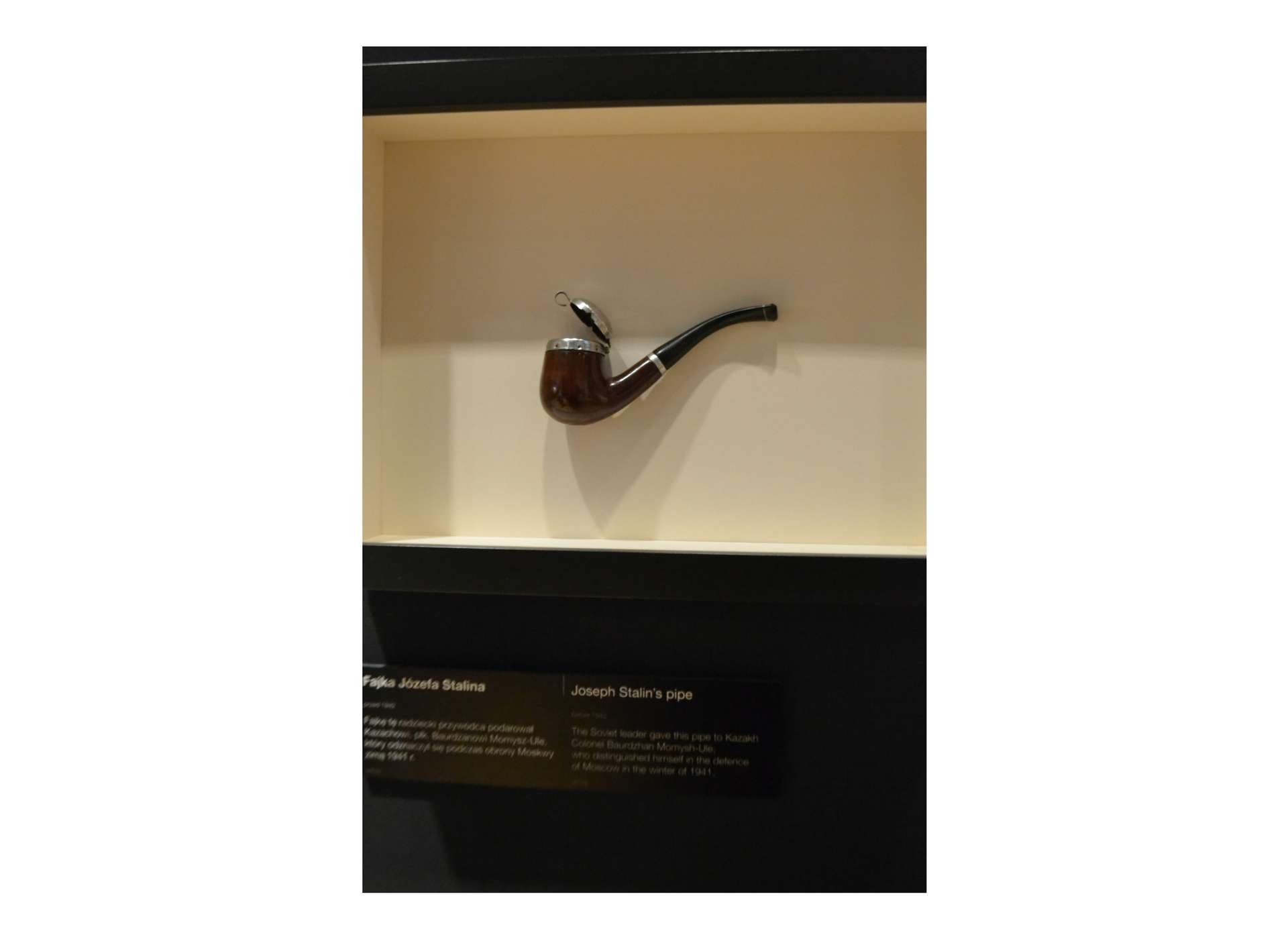
Gazing at all the buildings in Red Square when I was in Moscow in 2013, I had tried to imagine Stalin walking and smoking in those spaces based upon the photographs that I had seen, but the effort did not bring into focus any vivid impressions for me. What did make an impression on me then was when I looked to the left side of Lenin’s massive mausoleum and from a distance suddenly recognized a bust on a white stone column, centered in my vision against a green fir tree, marking the grave of Joseph Stalin (see top photo).
I was unable to approach the grave any closer that day. But given the immense horrors that Stalin imposed, I am not certain that I would have wanted to stand beside his final resting spot. Instead, a century after Lenin seized his revolution in Russia out of the disaster of the Great War—setting in motion the sequence of events that would lead to fascism, Hitlerism, Stalinism, World War II, and the Cold War—what still amazes me is that even though historians can explain and link the logical causes, the fact remains that none of this history was preordained. From Lenin’s corpse in his mausoleum to the mass graves in the cemetery of the fallen in Radzymin to Stalin’s simple grave in the grass in front of a Kremlin wall, we can gain insights and understanding of how the decisions and will of individuals matter in the ebb and flow of history.
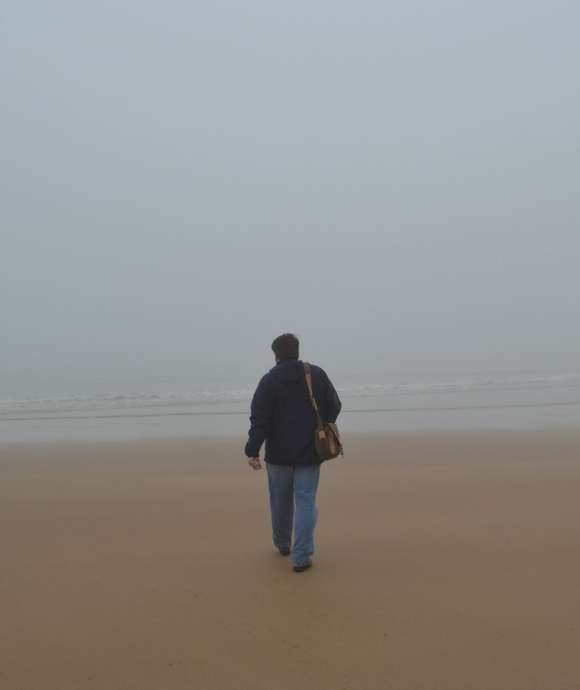
"No matter one’s age, travel is a unique and exciting educational experience. In my work, I have had the opportunity to reflect on history, events, and people in the places where they experienced life. Through the viewfinder, we can not only find history and perspective, but create memory, and evoke our evergreen past."
– Keith Huxen, PhD, Senior Director of Research and History, The National WWII Museum
Keith Huxen
Keith is the former Senior Director of Research and History in the Institute for the Study of War and Democracy at The National WWII Museum.
Cite this article:
MLA Citation:
APA Citation:
Chicago Style Citation:
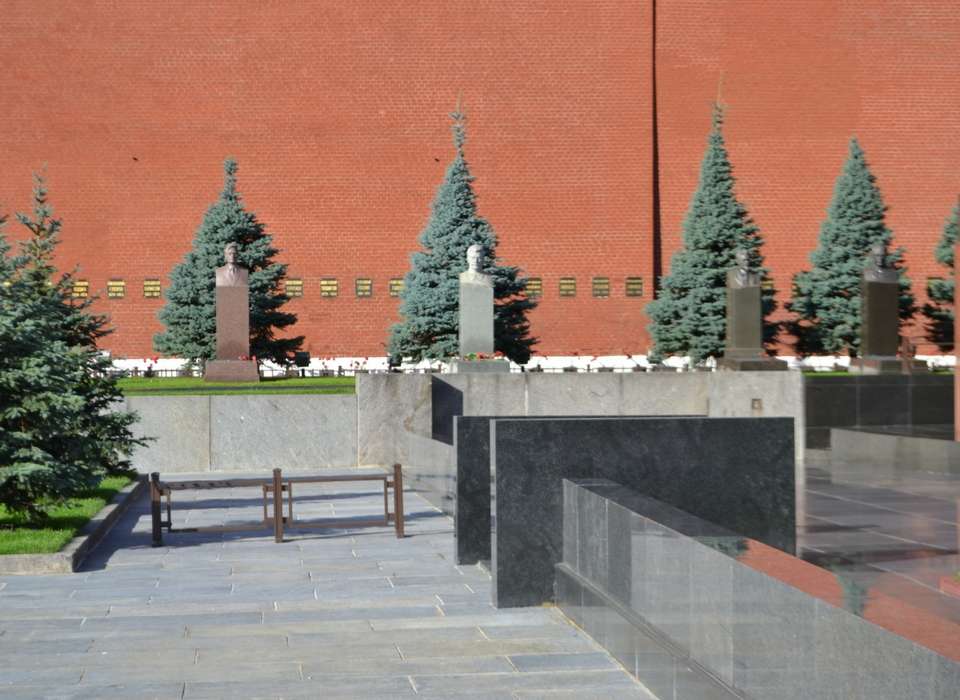

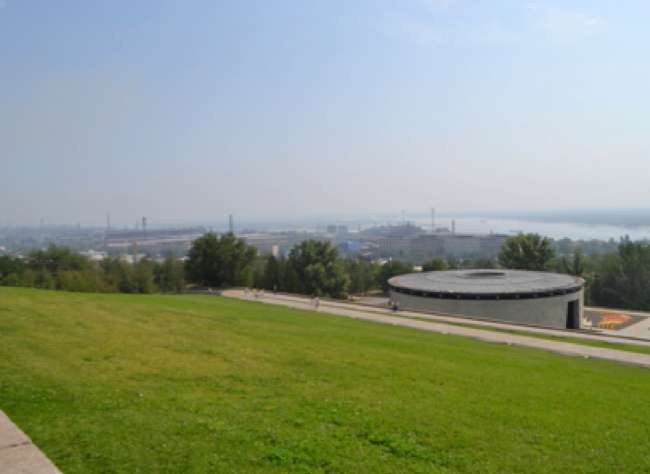
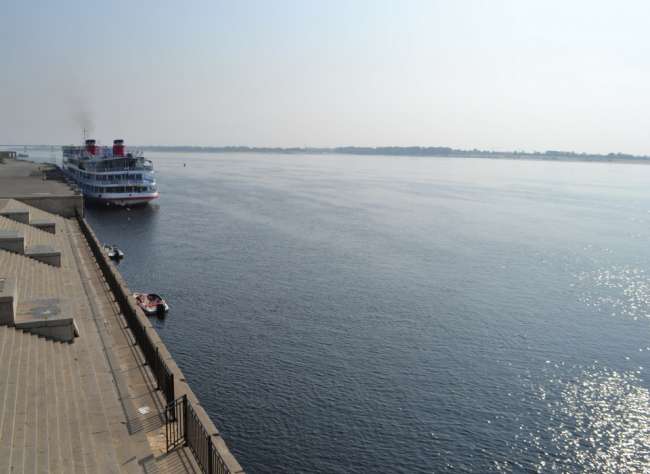
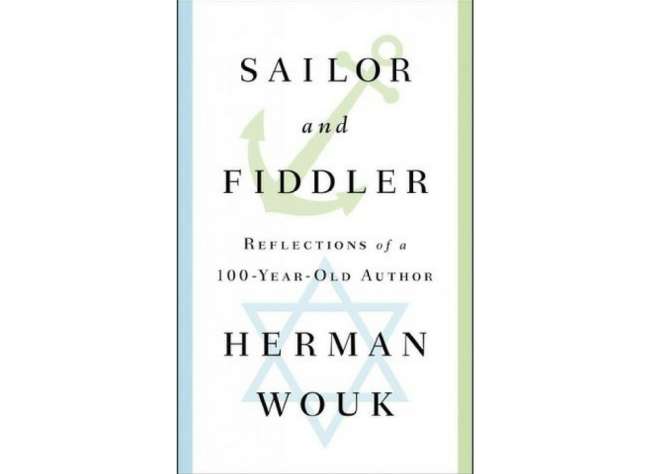



![Max Fuchs, New York City cantor, sings as Rabbi Sydney [sic] Lefkowitz, Richmond, VA, conducts the first Jewish services from Germany.](/sites/default/files/styles/max_650x650/public/2025-10/image1.jpg)



